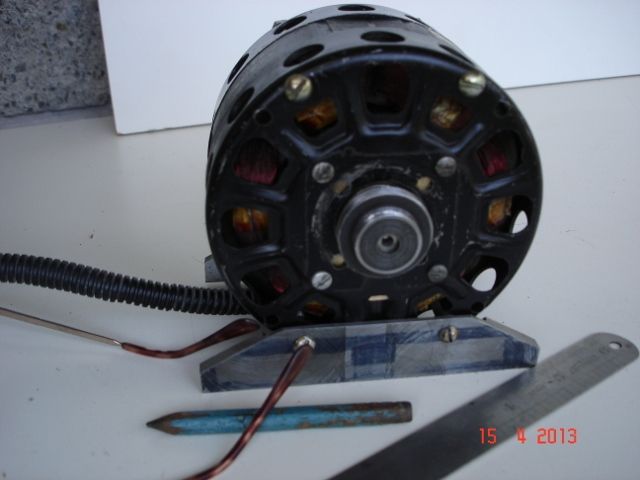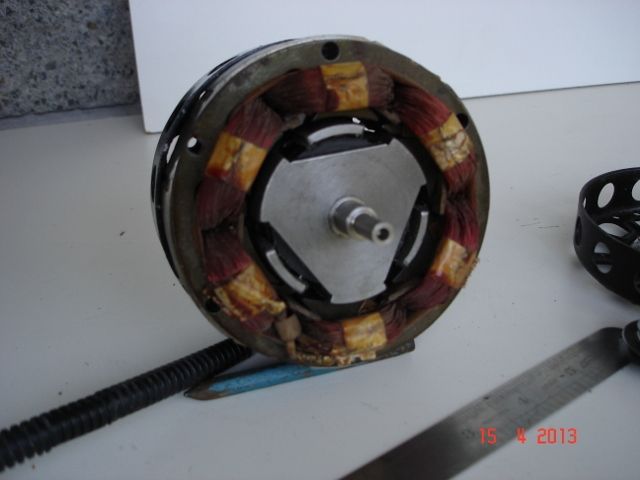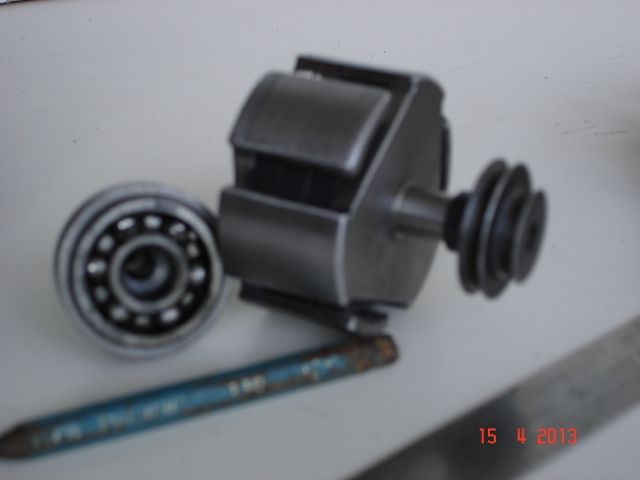Well, this has been an interesting debate – hasn't it?
The problem with some of your answers relates to my rather basic grasp of electronics, and the owner of the car himself is way behind me in this respect. So, we want something we can understand. Secondly, the car has very limited dynamo output, and negligible voltage regulation (being an early 3-brush system), and is a six volt system. So, any electronic device would need to be extra clever to cope with variable voltages, etc, and use next to no electricity. The intention was to make an independent (self contained) system, which could easily be removed if needed. And the option of a coil or HT lead pick-up system seems only to be available for 12volt systems (and expensive).
But now I have a further question – just confirmation if you like. If I connect the three wires of two identical drone motors, colour to colour, and spin one of them, the other will spin at the same speed – won't it? And swapping two of the pairs would reverse the drive? This would give us a further option, in effect replacing a too-convoluted cable run with three wires, driving a genuine vintage mechanical rev-counter head.
Just say Yes, it will work, or no, and explain. Thanks
Regards, Tim
Edited By Tim Stevens on 10/08/2018 14:09:40
Joseph Noci 1.









